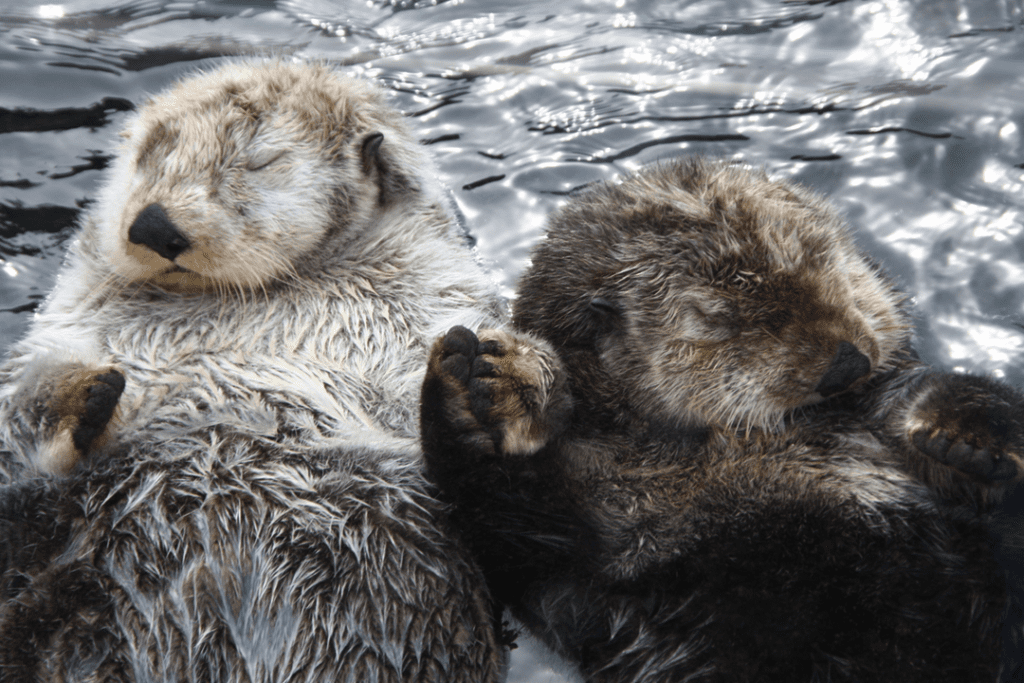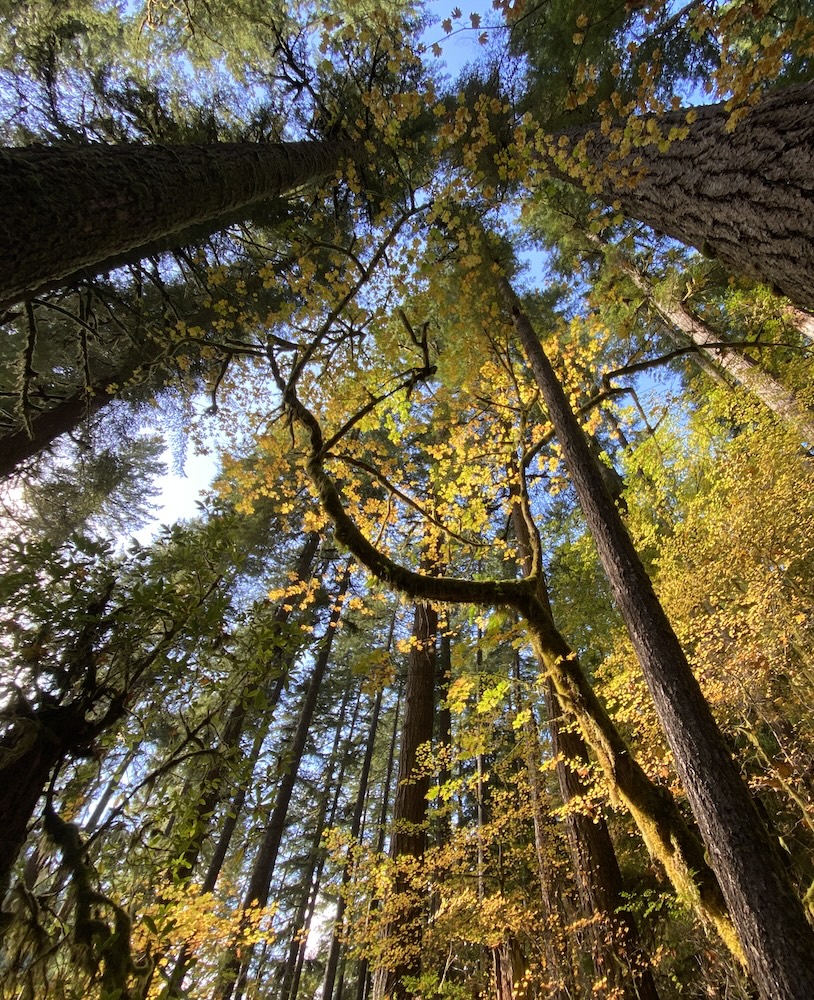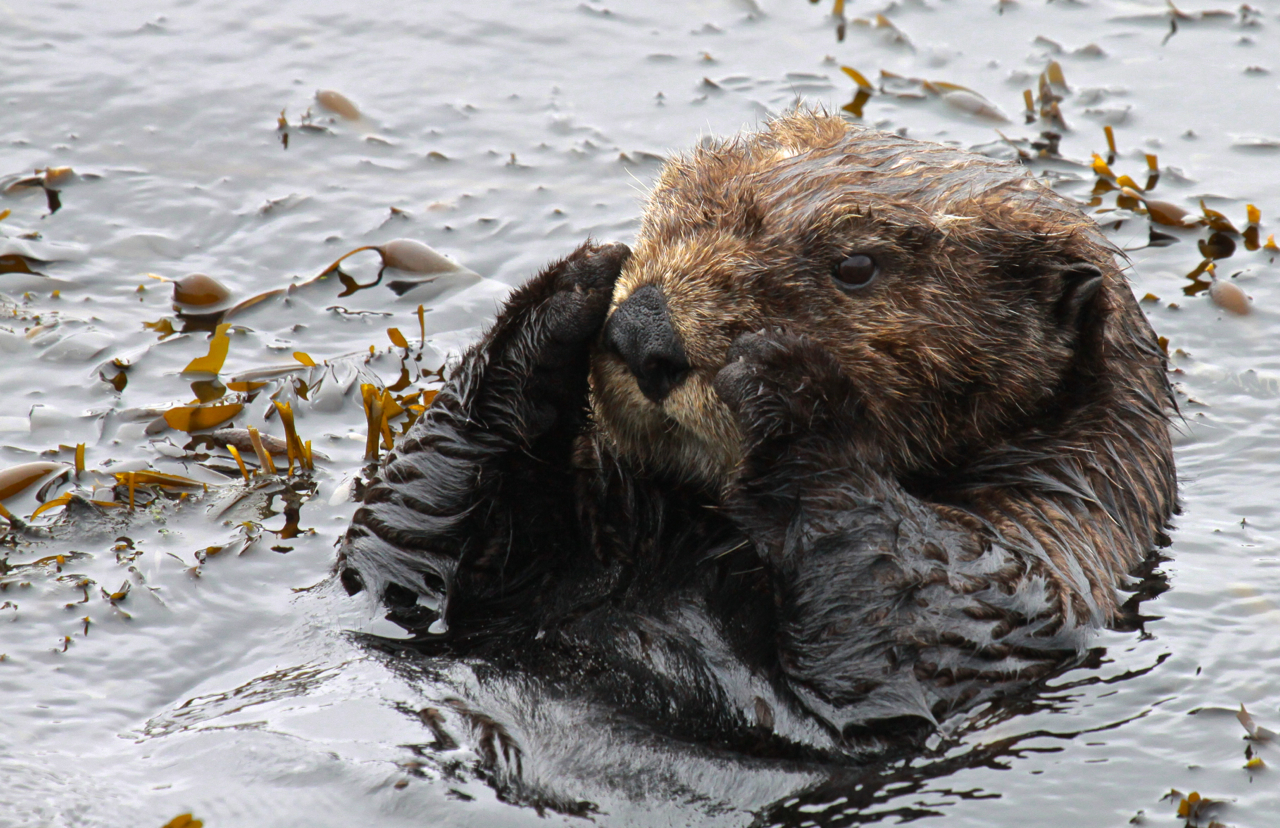Oregon Wild is working to return sea otters to the Oregon coast to restore healthy nearshore kelp forests for a multitude of species. Along the way, we are supporting tribal leaders in the effort to return this missing link to the marine ecosystem. We envision a future where the return of sea otters brings cultural, social, economic, and ecological benefits to Oregon, the people, and the species that call this state home.
Thousands of sea otters once lived on the Oregon coast, but in 1906 the last sea otter in Oregon was killed. In the span of a few centuries, Pacific Northwest sea otter populations completely disappeared in a fur trade frenzy. While this story mirrors the tragedies that happened for many species during colonization, there is hope for the return of this social animal.

Sea otters, a “keystone” species, have the power to shape their environments. When keystone species disappear the natural systems that have evolved together for thousands or millions of years collapse or change drastically. Without sea otters, herbivorous sea urchins ravenously decimate kelp forests, which are critical for other marine species like fish.
For many tribes in the region like the Chinook, Coos, Coquille, Siletz, and others, the sea otter is seen as important for ecological, economic, spiritual, and cultural reasons as well as playing an integral role in oral histories. Because of this, the Elakha Alliance, formed of tribal, non-profit, and conservation leaders was created with the mission to bring the species back.
Sea Otter Facts
- The sea otter is considered to have the densest coat of any mammal, with over 100,000 hairs per square centimeter. Its soft, glossy pelt made it the most valuable fur on the world market during the height of the Northwest fur trade.
- Sea otters are the only non-primate mammals known to use tools. They often use rocks to break open prey with hard shells or exoskeletons.
- Sea otters have loose folds of skin under their armpits where they store tools and prey while diving.
- To keep from drifting away while sleeping, sea otters will sometimes wrap themselves in kelp, or hold hands with adjacent otters.



